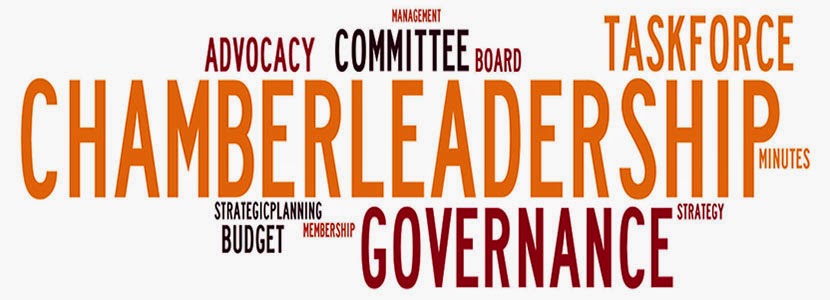For me, I'd like to focus on the following four areas I believe make a great chamber executive:
- Leader;
- Visionary;
- Communicator; and
- Flexibility.
Visionary - a visionary
is a person who is able to see how the organization will implement the policy
set forth by the Board to maximize the resources available within the
organization to benefit the members.
Communicator - if you
can't communicate what you and your staff are doing on behalf of the members,
you will always be playing catch-up. Keep your communications clear and
consistent. Tell your organizations story to your members and the
community.
Flexibility - in your program of work not everything will go perfectly, if it did you wouldn't be challenged and
you would become bored. Flexibility will allow you to meet
your goals, even though it may be different then originally planned.
I did a blog post earlier
titled "Owners, Managers, Customers." It's important that you
understand this concept.
It's been stated many
times before why most executives get fired? They get on a different page than their Board, a Board member, or there is a financial issue.
Don't let that happen to you!
Don't let that happen to you!

